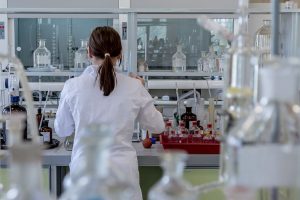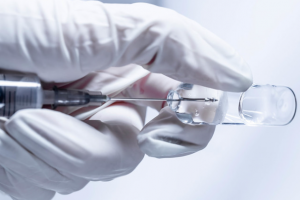What is a TQT study?

In clinical trials and the pharmacology industry, a TQT study is often referenced in relation to cardiac health. This is a technical form of study which seeks to study cardiac repolarisation, and it is used by clinical firms who are looking to develop new drugs.

Heart arrhythmias can occur when cardiac repolarisation is delayed, and these can be life-threatening. When a pharmaceutical company is seeking to develop a drug, it must ascertain the potential for these delays to occur once the drug under investigation has been administered. To carry out this assessment, the QT interval is checked; this is the time that elapses between the heart’s Q wave to the end of the T wave.
Sampling
Drugs may attempt to prolong the QT interval by performing the QT study. This is done through ECGs, PK sampling and other types of study. The choice of study will depend on how far the drug is in its development and what is known about its effects on the heart. Simulations are often carried out before the study itself to help shape the study design and to optimise the collection time of PK samples.

Study justification
TQT studies require large numbers of subjects to study and can be used to gather broader PK data in order to create a large portfolio of information about the drug. Participants will always be fully informed about the data that is to be gathered and the ways in which it will be used. All clinical trials are strictly governed to maintain participant anonymity and to maintain the integrity of the trial.
TQT studies are timed according to a variety of factors. These can include therapeutic class factors, outcomes of nonclinical investigations that may impact the study, and other more organisational factors, such as the budget available from the sponsor for the study as a whole or the level of risk tolerance.
Some of these studies are delivered early on in the development programme, in the first phase. These can establish the risks of a compound’s development. They can also be used later on in a development programme if efficiacy data is needed to write proof of concept. Sometimes this is needed to justify the cost of a TQT study in the first place. These can often cost several million pounds to carry out, report against and conclude.



